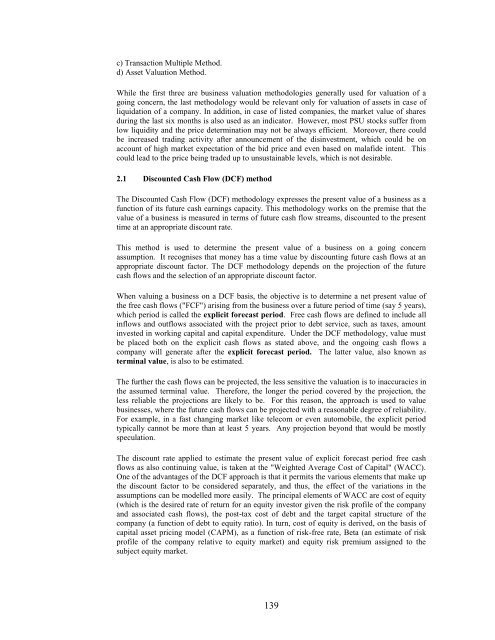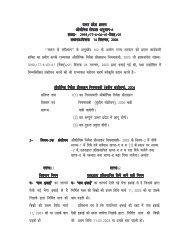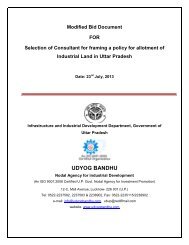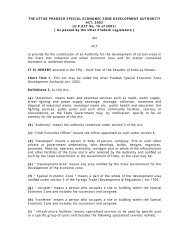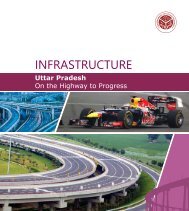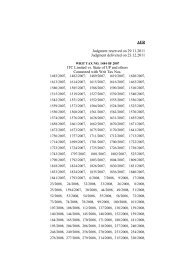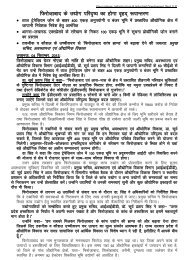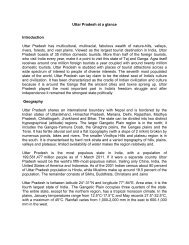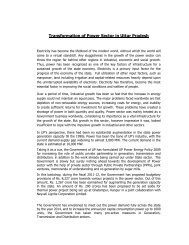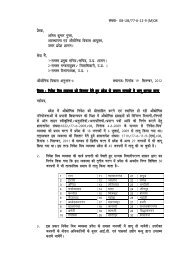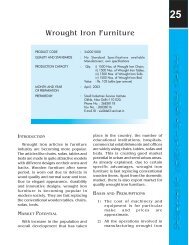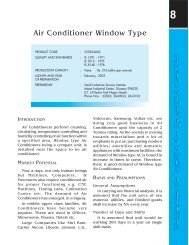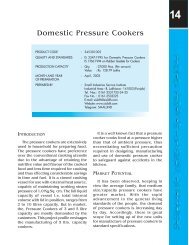PART - III - Udyog Bandhu
PART - III - Udyog Bandhu
PART - III - Udyog Bandhu
Create successful ePaper yourself
Turn your PDF publications into a flip-book with our unique Google optimized e-Paper software.
c) Transaction Multiple Method.d) Asset Valuation Method.While the first three are business valuation methodologies generally used for valuation of agoing concern, the last methodology would be relevant only for valuation of assets in case ofliquidation of a company. In addition, in case of listed companies, the market value of sharesduring the last six months is also used as an indicator. However, most PSU stocks suffer fromlow liquidity and the price determination may not be always efficient. Moreover, there couldbe increased trading activity after announcement of the disinvestment, which could be onaccount of high market expectation of the bid price and even based on malafide intent. Thiscould lead to the price being traded up to unsustainable levels, which is not desirable.2.1 Discounted Cash Flow (DCF) methodThe Discounted Cash Flow (DCF) methodology expresses the present value of a business as afunction of its future cash earnings capacity. This methodology works on the premise that thevalue of a business is measured in terms of future cash flow streams, discounted to the presenttime at an appropriate discount rate.This method is used to determine the present value of a business on a going concernassumption. It recognises that money has a time value by discounting future cash flows at anappropriate discount factor. The DCF methodology depends on the projection of the futurecash flows and the selection of an appropriate discount factor.When valuing a business on a DCF basis, the objective is to determine a net present value ofthe free cash flows ("FCF") arising from the business over a future period of time (say 5 years),which period is called the explicit forecast period. Free cash flows are defined to include allinflows and outflows associated with the project prior to debt service, such as taxes, amountinvested in working capital and capital expenditure. Under the DCF methodology, value mustbe placed both on the explicit cash flows as stated above, and the ongoing cash flows acompany will generate after the explicit forecast period. The latter value, also known asterminal value, is also to be estimated.The further the cash flows can be projected, the less sensitive the valuation is to inaccuracies inthe assumed terminal value. Therefore, the longer the period covered by the projection, theless reliable the projections are likely to be. For this reason, the approach is used to valuebusinesses, where the future cash flows can be projected with a reasonable degree of reliability.For example, in a fast changing market like telecom or even automobile, the explicit periodtypically cannot be more than at least 5 years. Any projection beyond that would be mostlyspeculation.The discount rate applied to estimate the present value of explicit forecast period free cashflows as also continuing value, is taken at the "Weighted Average Cost of Capital" (WACC).One of the advantages of the DCF approach is that it permits the various elements that make upthe discount factor to be considered separately, and thus, the effect of the variations in theassumptions can be modelled more easily. The principal elements of WACC are cost of equity(which is the desired rate of return for an equity investor given the risk profile of the companyand associated cash flows), the post-tax cost of debt and the target capital structure of thecompany (a function of debt to equity ratio). In turn, cost of equity is derived, on the basis ofcapital asset pricing model (CAPM), as a function of risk-free rate, Beta (an estimate of riskprofile of the company relative to equity market) and equity risk premium assigned to thesubject equity market.139


